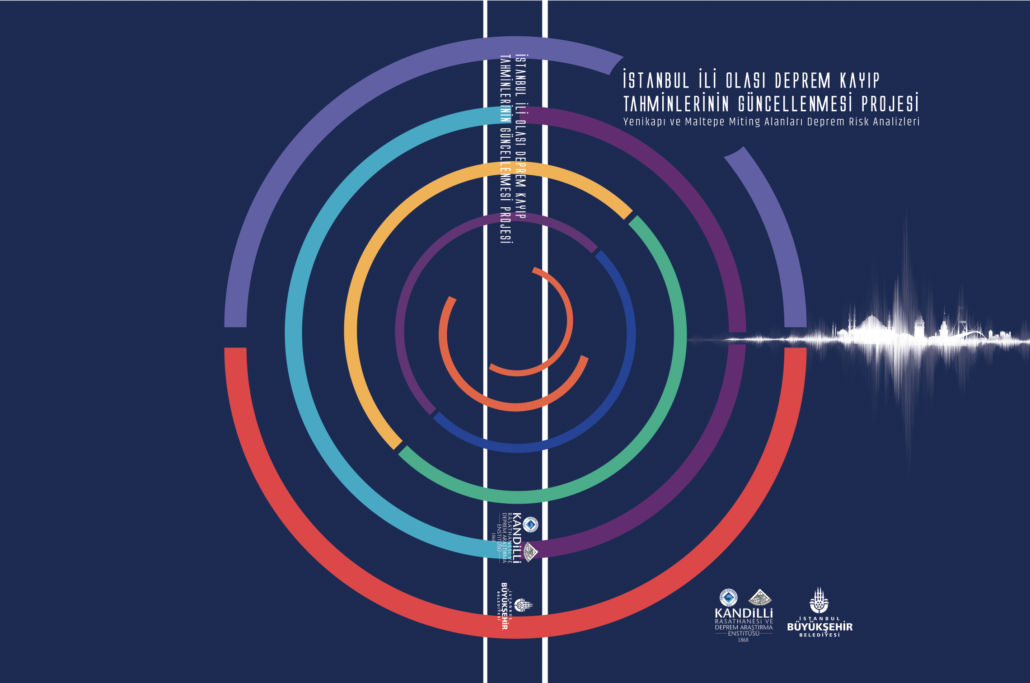“Probable Earthquake Loss Estimates for Istanbul Province” Project was completed by Istanbul Metropolitan Municipality, Department of Earthquake Risk Management and Urban Improvement, Directorate of Earthquake and Geotechnical Investigation and Boğaziçi University, Kandilli Observatory and Earthquake Research Institute, Department of Earthquake Engineering.
The latest study on the estimation of earthquake losses on an urban scale of Istanbul is the “Istanbul Probable Earthquake Loss Estimates” study conducted by Istanbul Metropolitan Municipality, Department of Earthquake Risk Management and Urban Improvement, Directorate of Earthquake and Geotechnical Investigation and Boğaziçi University, Kandilli Observatory and Earthquake Research Institute, Department of Earthquake Engineering in 2009.
Since 2009, there have been significant urban improvement/transformation processes in Istanbul. The city is rapidly growing, developing and changing as population, superstructure and infrastructure. About 30% of the Istanbul building stock is now constructed after 2000 and is composed of new structures. Urban transformation projects have been rapidly in progress. A housing estate/site is carried out in urban vacancies and on the all city boundaries, and a large number of higher than 20-storey structures have been built. Important infrastructure projects (Yavuz Sultan Selim Bridge and linking roads, Marmaray, Eurasian tunnel, new metro lines) have been introduced. In addition to all these changes in infrastructure and superstructure, new scientific research has been carried out on the earthquake threat of Istanbul in the 10 years that we have left behind, and new information and results have been revealed. All of these developments and changes have shown the need to update earthquake loss estimates across the city of Istanbul.
The project aims to re-investigate the possible earthquake damage and loss of the city by using the current population, building and infrastructure inventories of Istanbul. 20th anniversary of the Kocaeli and Düzce earthquakes, the results obtained using up-to-date superstructure and infrastructure inventory information in light of the latest earthquake hazard information and models are of great importance in planning all kinds of urban functions, disaster response plans, structural improvement against earthquake and detection of priority zones in the framework of urban transformation.
The project covers earthquake hazard and risk analysis of urban superstructure and infrastructure, earthquake risk assessment of Yenikapı and Maltepe meeting areas. Urban earthquake hazard and risk analyzes were carried out with deterministic and probabilistic approaches, and various vibration measurement and modeling approaches were used in the earthquake risk assessment of the Yenikapı and Maltepe meeting areas.
In this study, a scenario earthquake of Mw=7.5, 15 different earthquake scenarios obtained through simulations, and the possible building damage, loss of life and damage to the number of injured and infrastructure are estimated as a result of the dispersion of the possible earthquake ground motion, which corresponds to return periods of 72, 475 and 2475 years.
PROBABLE EARTHQUAKE LOSS ESTIMATES FOR ISTANBUL PROVINCE PROJECT
Click to download


